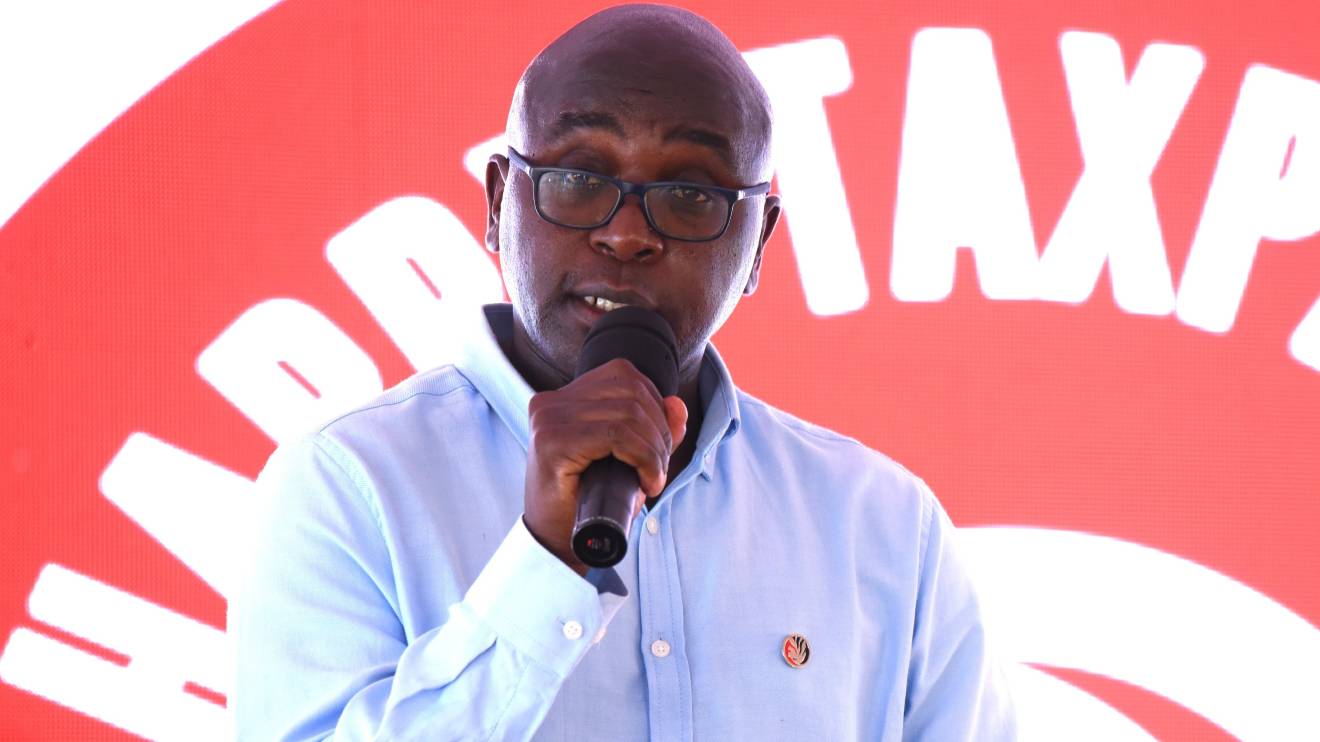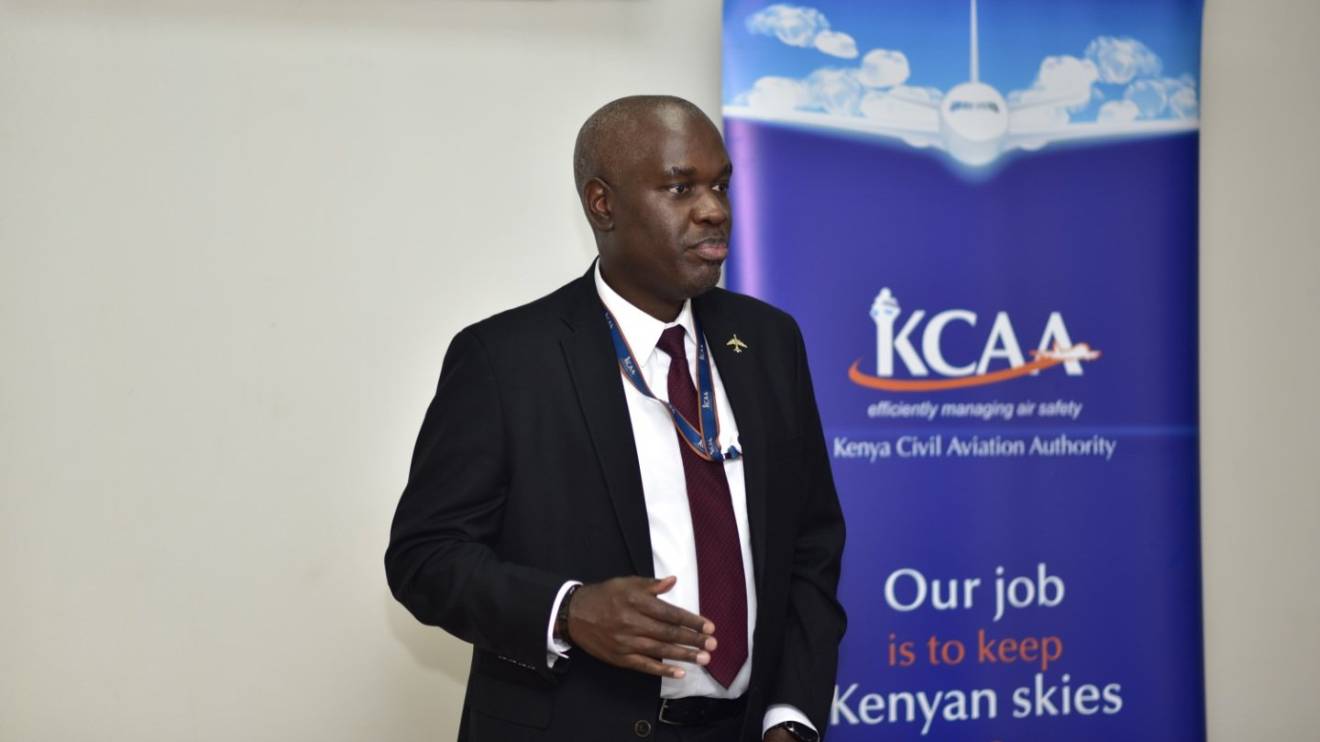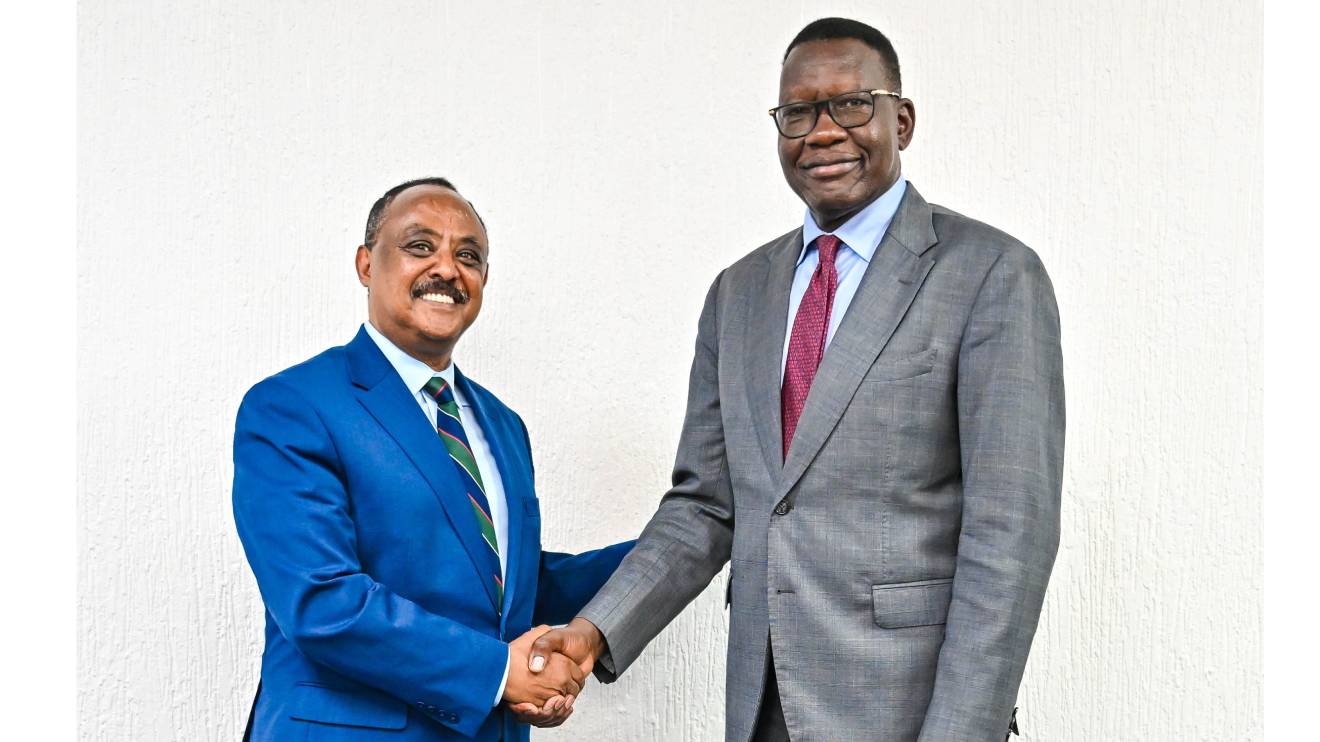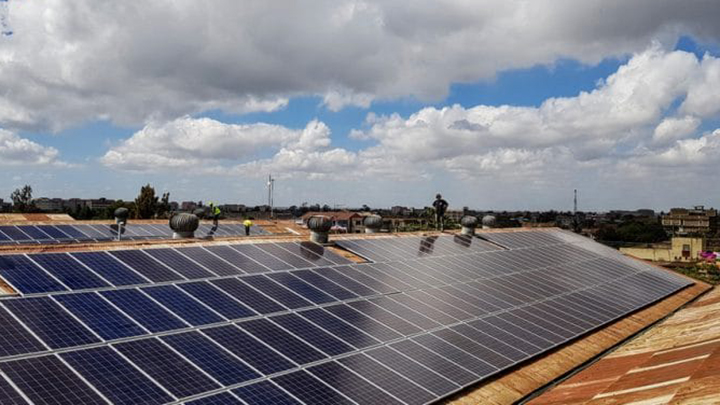Kenyan workers are in a state of uncertainty as the first year of the NSSF Act, 2013, draws to a close without clarity on the next level of pension deductions.
The Act, implemented in February 2023, raised mandatory contributions from a flat Sh200 per month to a graduated plan that will eventually reach 6 per cent of employees' salaries.
However, a lack of communication from the NSSF and the Ministry of Labour, Social Security and Services has left many wondering what their contributions will be come February.
The NSSF Act clearly outlines how contributions should increase over the first five years.
Yet, a communication from former NSSF CEO David Mwangangi last year appeared to contradict the law, stating that the contribution levels would be determined by the Cabinet Secretary, a move that has raised eyebrows.
Read More
Adding to the confusion is the discrepancy between the Act and NSSF's implementation of the lower earnings limit, the base salary at which deductions begin.
The Act stipulates increases to Sh7,000 in the second year, Sh8,000 in the third, and Sh9,000 in the fourth, with the minimum wage used thereafter.
However, NSSF set the lower limit at Sh6,000 last year and used the current average minimum wage (Sh12,445.65) as the basis for their calculations.
This discrepancy could significantly impact contributions for those earning above Sh7,000.
Further muddying the waters is the ambiguity surrounding the upper earnings limit, the maximum salary subject to the 6 per cent deductions.
The Act specifies that the limit should be based on the national average earnings, but it doesn't clarify which year's figures should be used.
NSSF initially used the 2013 average (Sh36,000), setting the limit at Sh18,000.
However, the latest KNBS Economic Survey shows a 2022 average of Sh72,130, meaning employees earning that amount and above could face a significant jump in contributions if the current figure is used.
Efforts to reach NSSF CEO David Koross and FKE Executive Director Jacqueline Mugo for clarification proved futile, adding to the growing frustration among employers and employees alike.
President William Ruto's ambition to boost NSSF contributions to Sh1 trillion by 2027 hangs in the balance amidst this confusion.
While the graduated contribution model holds promise for increased retirement savings, the lack of transparency and clear communication from the relevant authorities threatens to undermine public trust and hinder the plan's success.
Kenyan workers deserve clarity on their future pension contributions.
The NSSF and the Ministry of Labour must act swiftly to address the existing contradictions and provide a roadmap for the implementation of the Act in line with its provisions.
Only then can Kenyans have the confidence and security to plan for their retirement with certainty.

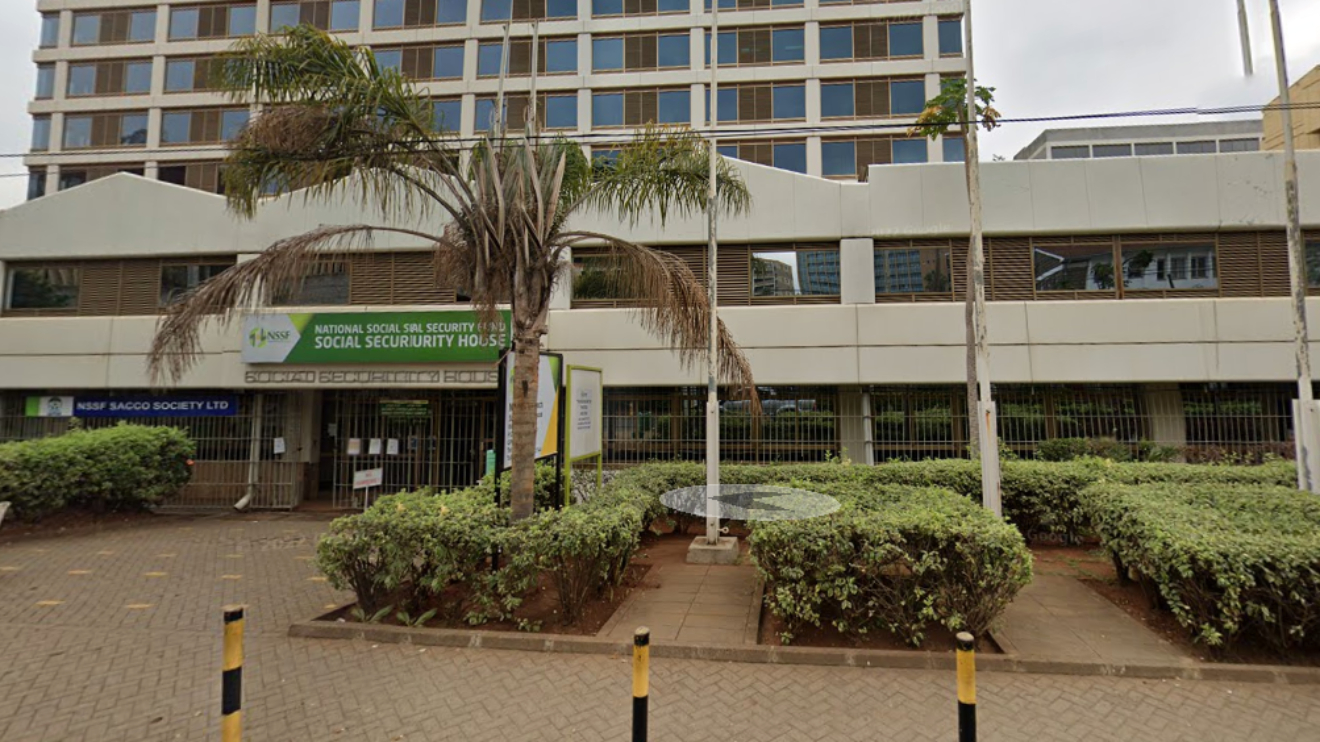
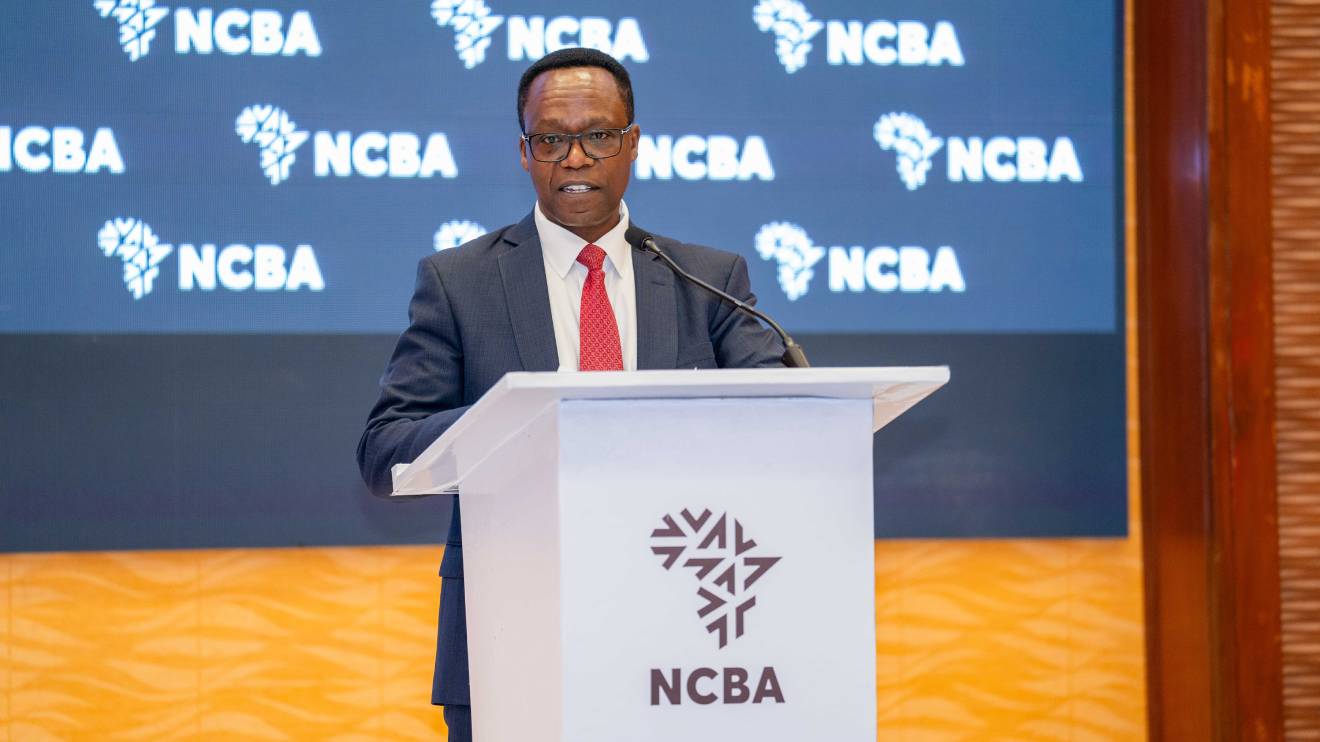

-1753733469.jpeg)
